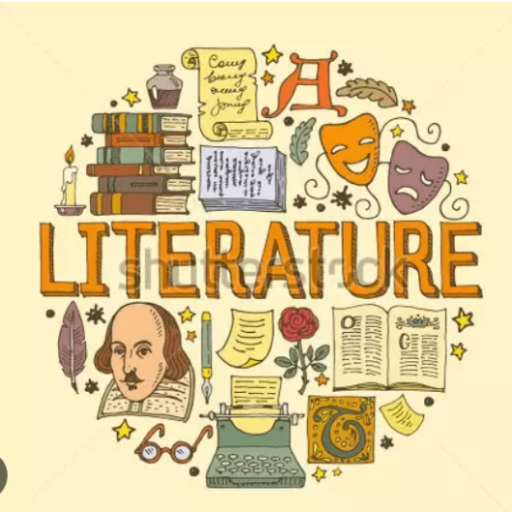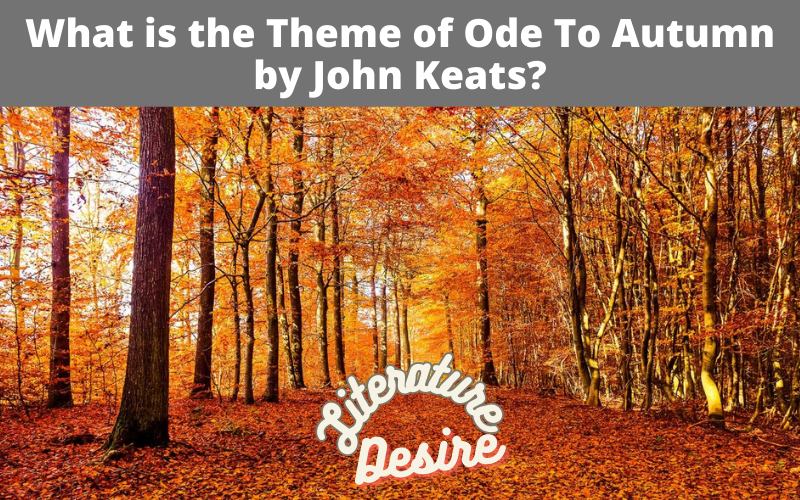John Keats, one of the greatest English Romantic poets, wrote the poem “To Autumn” in 1819. This phenomenal work celebrates the beauty of the autumn season and explores profound themes that resonate with readers even today. In this article, we will delve into the theme of Ode To Autumn by John Keats, analyzing the poet’s perspective on nature, the passage of time, and the cycle of life. Join us as we unravel the layers of meaning in this timeless piece of poetry.
What is the Theme of Ode To Autumn by John Keats?
The Theme of Nature’s Abundance: “To Autumn” as an Ode to Nature’s Bounty
The first and foremost theme that emerges from “To Autumn” is nature’s abundance during the autumn season. Keats skillfully personifies autumn, depicting it as a generous and bountiful entity.
Advertisement
The poem captures the richness of the harvest season, portraying fields filled with ripe crops and orchards laden with fruits. Keats describes autumn as a time of plenty, using vivid imagery and sensory details to paint a vibrant picture of nature’s generosity.
Advertisement
The Theme of Time’s Passage: The Transient Beauty of Autumn
Another significant theme in “To Autumn” is the passage of time. Keats explores the ephemeral nature of autumn’s beauty and the inevitable transition into winter.
Advertisement
The poem reflects upon the fleeting moments of life and emphasizes the importance of appreciating the present. Keats reminds us that time waits for no one, and as the seasons change, we must seize the opportunity to cherish the beauty that surrounds us.
Advertisement
The Theme of the Cycle of Life: Autumn as a Symbol of Life’s Journey
In “To Autumn,” Keats uses the cycle of seasons as a metaphor for the cycle of life. Autumn, with its vibrant colors and the eventual arrival of winter, represents the natural progression from birth to death.
The poem acknowledges the inevitable decline and decay that follows the peak of life’s vitality. Through this theme, Keats invites us to contemplate the transient nature of existence and find solace in the harmony of the natural world.
Conclusion: Theme of Ode to Autumn
In conclusion, “To Autumn” by John Keats encapsulates the themes of nature’s abundance, the passage of time, and the cycle of life. Keats’ masterful depiction of autumn’s beauty and his poignant exploration of deeper meanings make this poem a timeless work of art.
As readers, we are reminded to embrace the fleeting moments, cherish the present, and find solace in the harmony of the natural world. “To Autumn” continues to captivate and inspire, transcending time to touch the hearts of those who delve into its verses.
Frequently Asked Questions
The central message of “To Autumn” revolves around embracing the beauty and transience of life, appreciating nature’s abundance, and recognizing the cycle of existence.
Keats conveys the theme of time through his vivid descriptions of autumn’s changing landscape and by contrasting the vibrancy of the season with the impending arrival of winter.
While “To Autumn” celebrates nature’s bounty, it also holds deeper meanings related to the passage of time, the cycle of life, and the human experience.
“To Autumn” is considered a masterpiece due to Keats’ exquisite use of language, vivid imagery, and profound exploration of themes that resonate with readers across generations.
Keats evokes emotions through sensory details, such as the depiction of vibrant colors, the aroma of ripened fruits, and the portrayal of autumn’s beauty, allowing readers to connect with the poem on an emotional level.
“To Autumn” exemplifies the Romantic movement’s appreciation for nature, emotion, and the exploration of profound themes, establishing Keats as a significant figure in Romantic literature.

